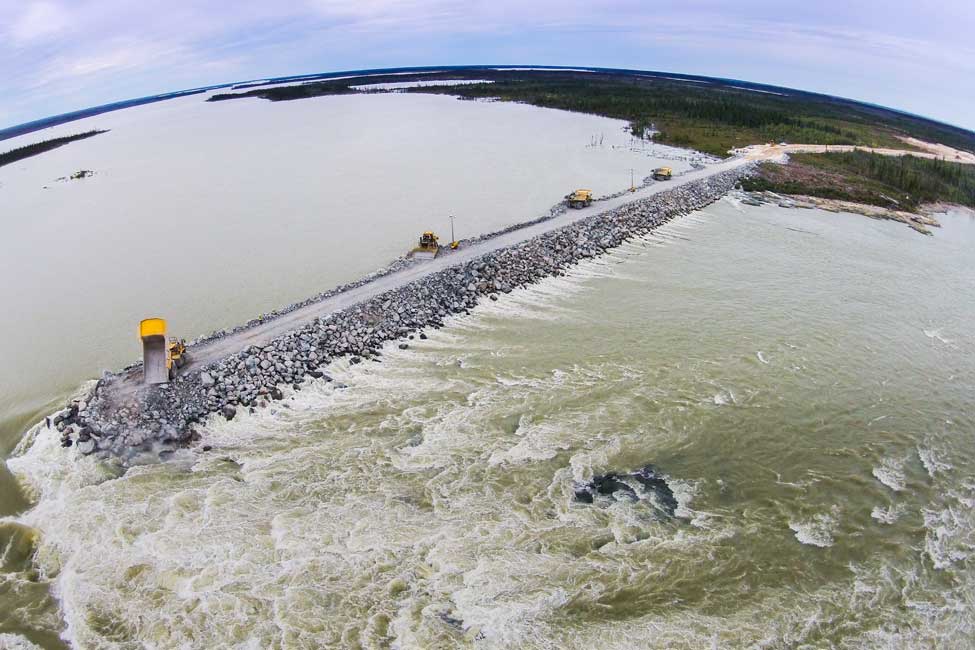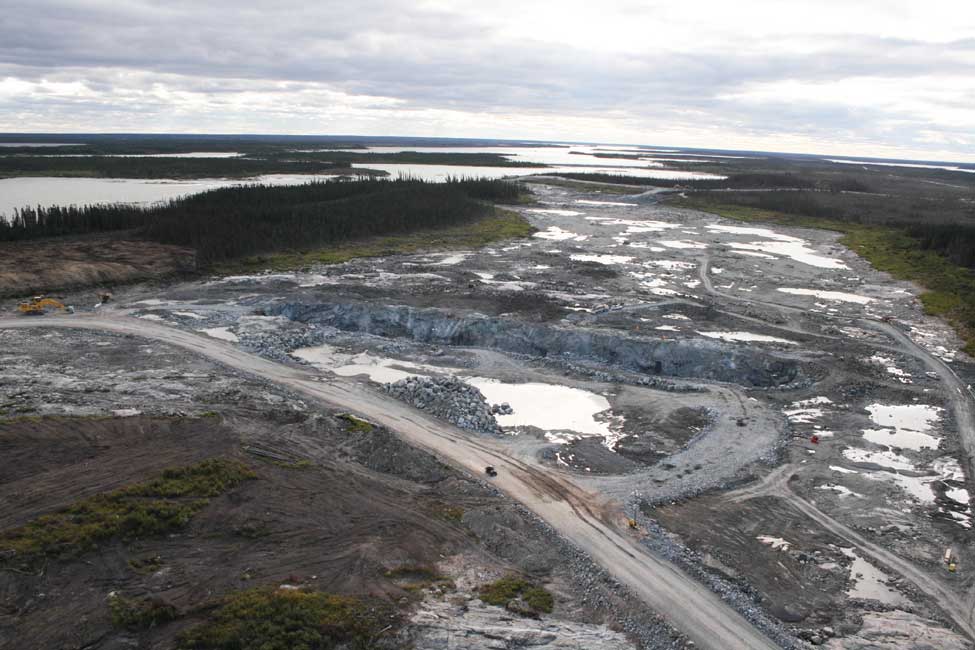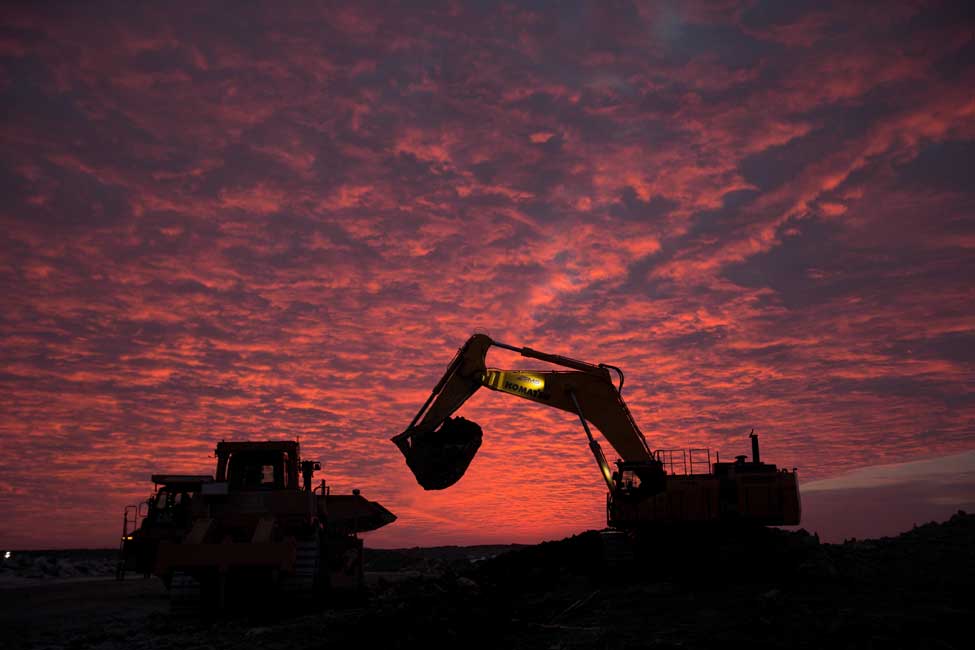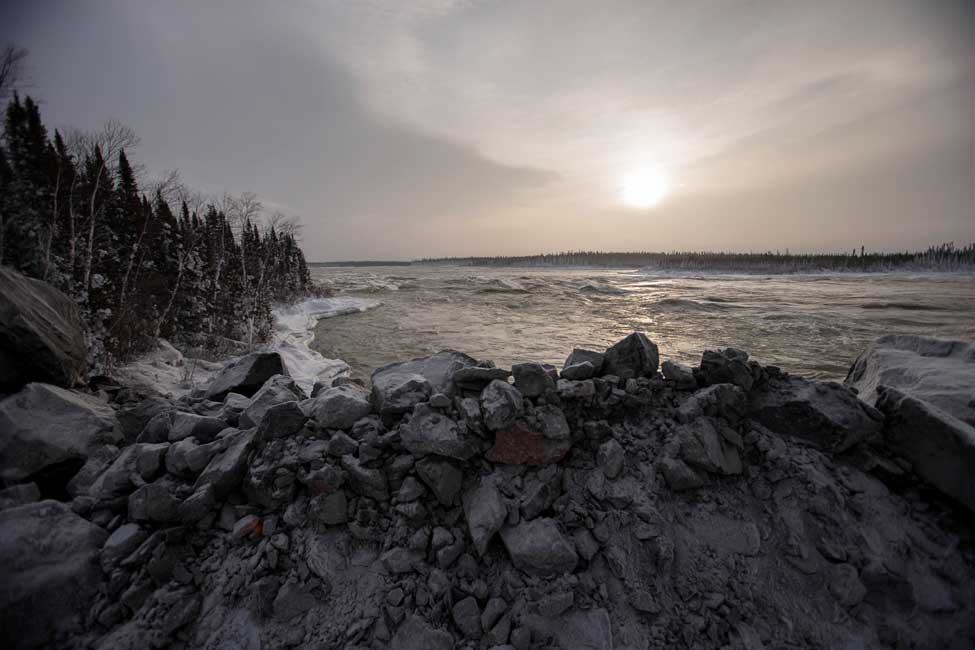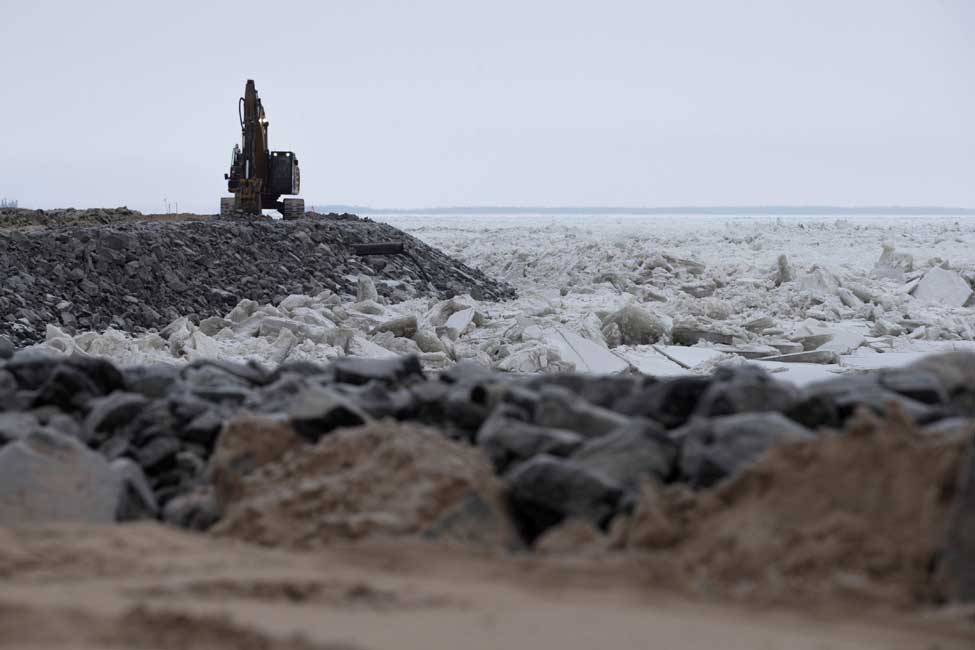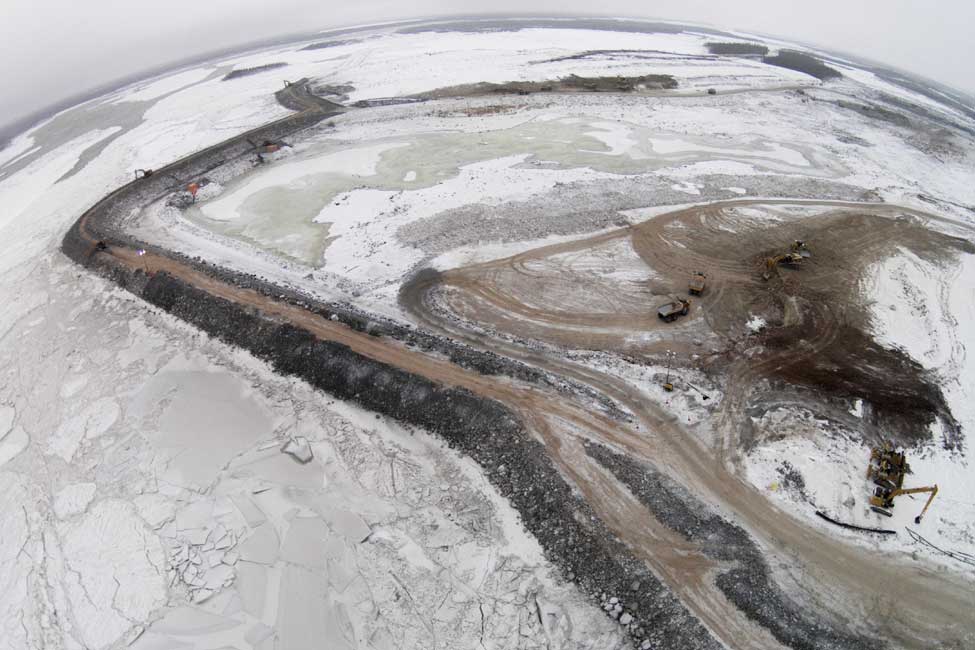In 2014, the Bechtel-led BBE Hydro Constructors Limited Partnership began laying the groundwork for this new 695-megawatt powerhouse. As the centerpiece of The Keeyask Generation Project’s seven turbine units will provide enough renewable energy to power 400,000 homes.
BBE is formed of Bechtel Canada in partnership with Montana-based Barnard Construction Company and Canadian contractor EllisDon. The Keeyask project involves massive cast-in-place concrete structures—chiefly a spillway and the powerhouse structure—totaling more than 345,000 cubic yards (330,000 cubic meters).
BBE’s work also includes about 1.4 miles (2.2 kilometers) of earth-filled dams and 14 miles (23 kilometers) of earthen dikes. The consortium is currently constructing cofferdams that will be pumped out to create dry work areas for the powerhouse, the spillway, and other structures.
A river runs through it
The Nelson, Canada’s fourth-longest river, runs 1,600 miles (2,575 kilometers) from Lake Winnipeg north to Hudson Bay, draining one of the largest watersheds in North America. Its elevation drop of 650 feet (198 meters) over 400 miles (644 kilometers)—and its enormous volume as the last leg in the Saskatchewan, Red, and Winnipeg River systems—make it ideal for hydropower generation. This past summer, the volume of water at Keeyask totaled some 212,000 cubic feet (6,003 cubic meters) per second—more than twice the flow of Niagara Falls.
In fact, three power stations on the lower Nelson downstream from Keeyask—Limestone being the largest—already supply about 75 percent of the province’s electricity.





